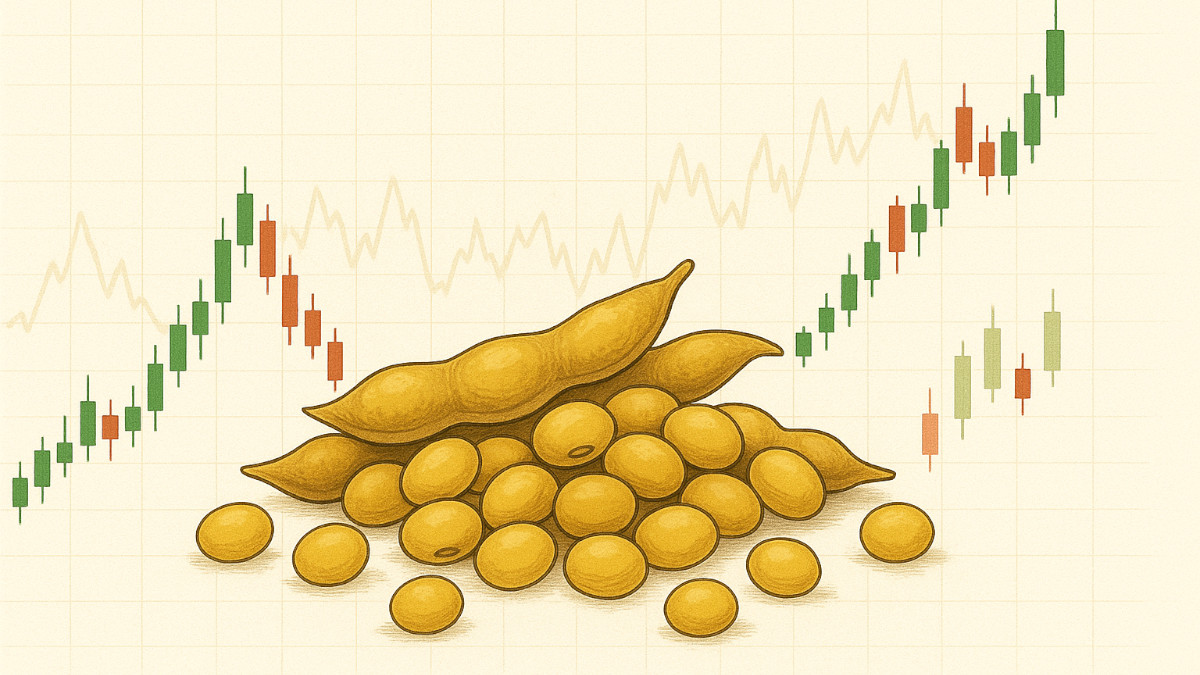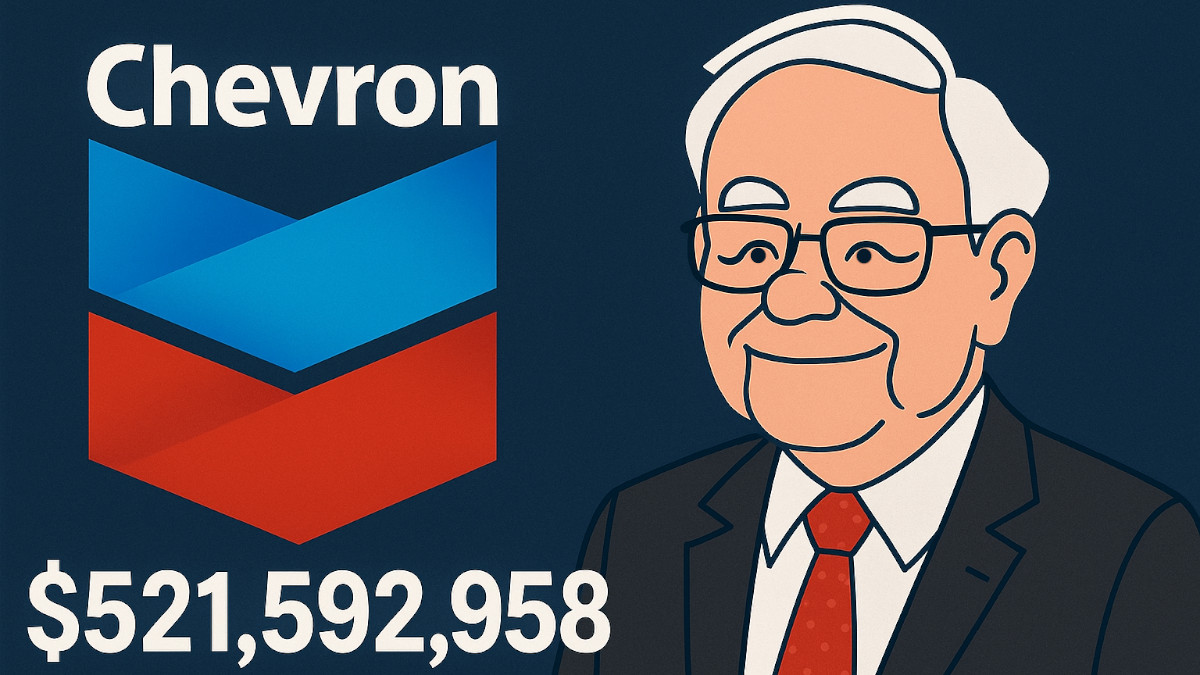- Analítica
- Notícias de trading
- Comportamento do consumidor e inflação: o que os comerciantes precisam saber
Comportamento do consumidor e inflação: o que os comerciantes precisam saber

O Federal Reserve está tentando controlar a inflação e promover um mercado de trabalho estável. Como a inflação continua sendo uma preocupação urgente para os consumidores, há uma compreensão diferenciada das realidades econômicas enfrentadas por vários segmentos da força de trabalho.
Tendências da inflação e impacto no consumidor
A taxa de inflação ano a ano diminuiu significativamente, caindo de mais de 9% em junho de 2022 para aproximadamente 2,4% recentemente. Esse declínio indica que as medidas agressivas tomadas pelo Fed para controlar a inflação tiveram um efeito positivo. No entanto, o impacto psicológico da inflação persiste, especialmente entre trabalhadores de baixa renda que não experimentaram o mesmo crescimento salarial que seus colegas de maior renda.
Disparidades no crescimento salarial
Embora os salários estejam crescendo mais rápido do que a inflação em geral, a recuperação é desigual. Trabalhadores com altos rendimentos estão melhor posicionados para lidar com o aumento dos preços devido aos seus salários reais acompanharem os custos. Por outro lado, os assalariados de renda mais baixa continuam a lutar com o fardo da inflação, criando uma sensação de disparidade econômica. Essa distinção é crucial para os comerciantes considerarem, pois indica que o comportamento de gastos do consumidor pode permanecer contido, especialmente entre os grupos demográficos de renda mais baixa.
Inflação e Emprego
Há um mandato duplo de manter baixa inflação e baixo desemprego. O foco recente no mercado de trabalho vem como uma resposta aos potenciais impactos negativos das altas taxas de juros sobre o emprego. À medida que o Fed contempla futuros cortes nas taxas — potencialmente o segundo em 2024 — os traders devem estar cientes de que essas decisões dependem do desempenho do mercado de trabalho e das tendências de inflação.
Historicamente, normalmente leva de dois a três anos para os consumidores ajustarem suas percepções de preços após a inflação se estabilizar. Esse período indica que, mesmo com taxas de inflação decrescentes, pode levar um tempo considerável para que os consumidores sintam os efeitos em suas vidas diárias, o que pode influenciar os hábitos de gastos e o sentimento econômico geral.
Oportunidades de mercado e estratégias de negociação
O Fed pode cortar as taxas ainda mais em 2024, apresentando uma oportunidade de negociação em ativos sensíveis à taxa de juros. Os traders devem monitorar os indicadores econômicos de perto, particularmente aqueles relacionados à inflação e aos números de emprego. Um declínio potencial nas taxas pode levar a um ambiente otimista para setores como imóveis e serviços públicos, que normalmente se beneficiam de menores custos de empréstimos.
Setor de bens de consumo discricionários
Dadas as disparidades no crescimento salarial, os comerciantes devem analisar cuidadosamente o setor de bens de consumo discricionários. Empresas que atendem consumidores de renda mais alta podem ver uma demanda estável ou até mesmo crescente, enquanto aquelas que visam consumidores de renda mais baixa podem enfrentar obstáculos. Identificar empresas que podem se adaptar às mudanças no comportamento do consumidor será essencial para estratégias de investimento.
Títulos protegidos contra a inflação
Com preocupações persistentes sobre inflação — mesmo com as taxas esfriando — os traders podem considerar alocar fundos para Treasury Inflation-Protected Securities (TIPS). Eles podem fornecer uma proteção contra pressões inflacionárias inesperadas, oferecendo uma abordagem equilibrada para o gerenciamento de risco.
Conclusão
Há uma complexidade óbvia no ambiente econômico atual, onde a inflação se estabilizou, mas o sentimento do consumidor e a desigualdade salarial continuam a representar desafios. Os traders devem ficar de olho nas tendências de taxas de juros, no comportamento do consumidor e no desempenho do setor.







